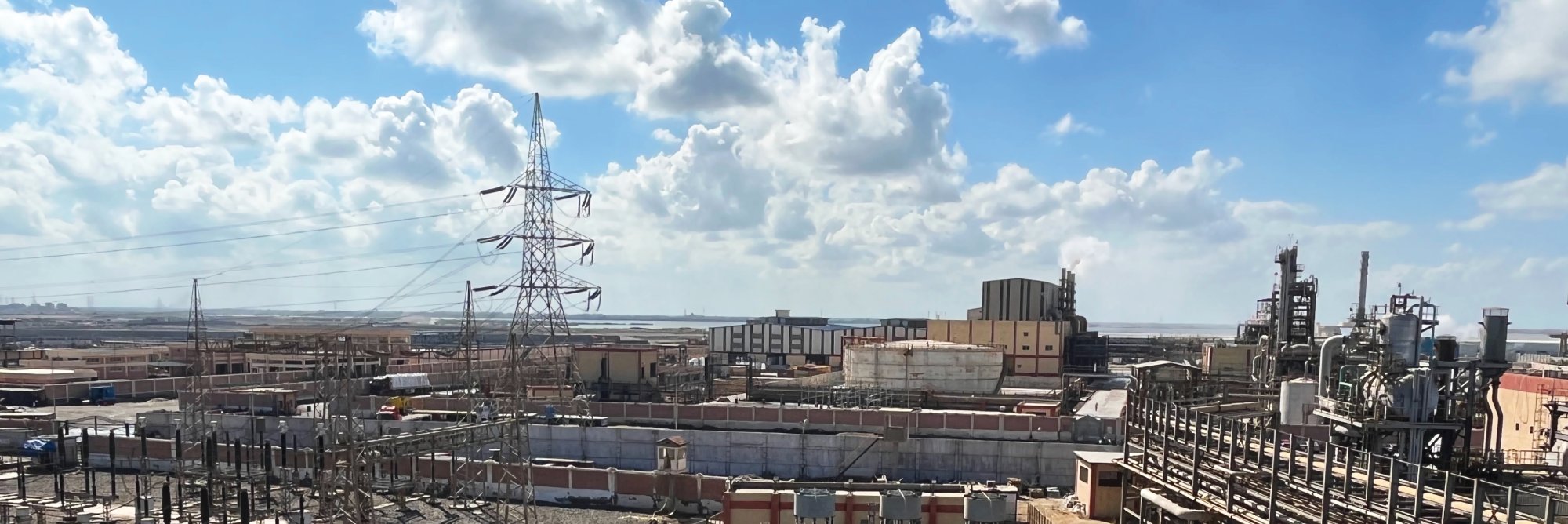Quality Power, in collaboration with Endoks Energy Systems from Turkey, provides comprehensive turnkey solutions for Static Var Compensation.
Static Var Compensators (SVCs) are devices engineered to control line voltages swiftly and dependably. SVC systems, which include reactive power compensation and harmonic filtering capabilities, are designed to mitigate the disruptive impacts of rapid reactive power fluctuations, voltage variations, and harmonics in electrical transmission or distribution systems and industrial facilities.



